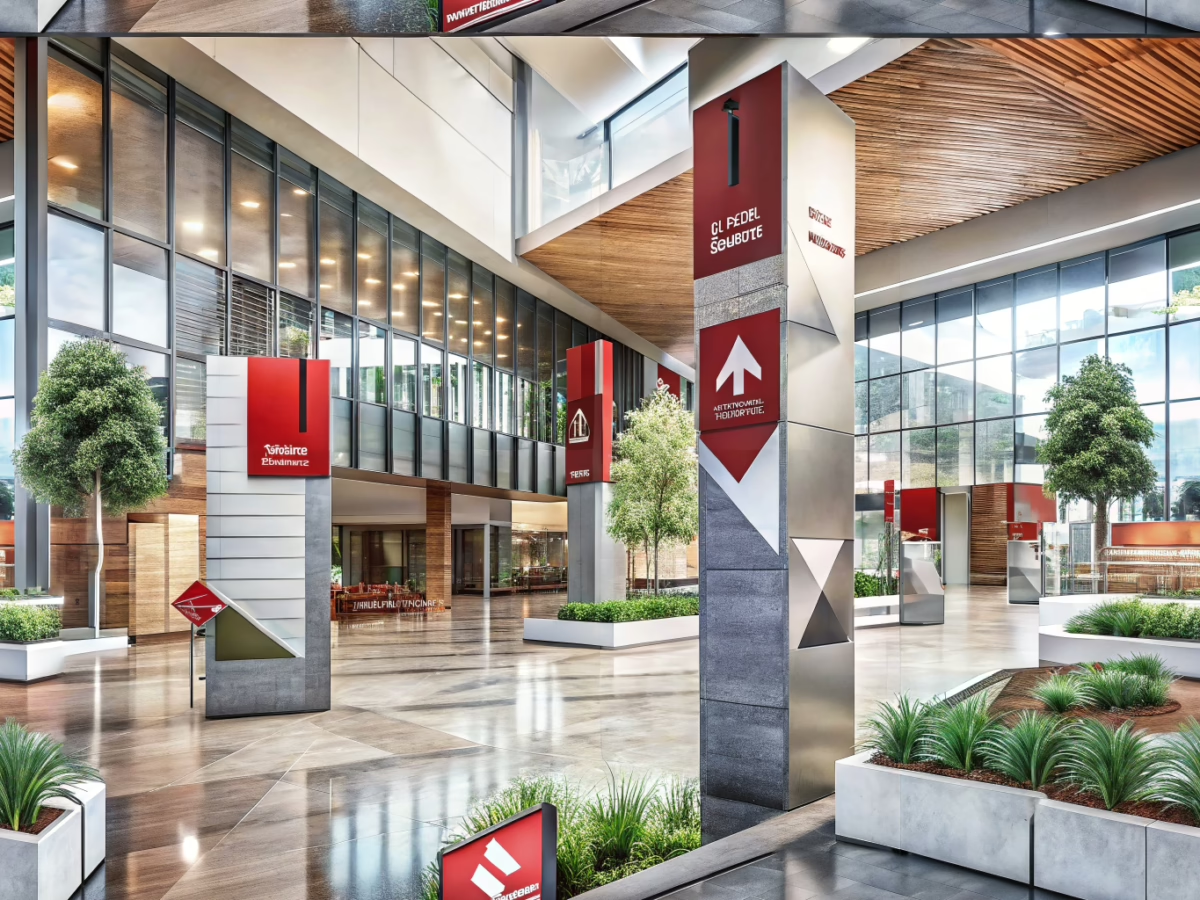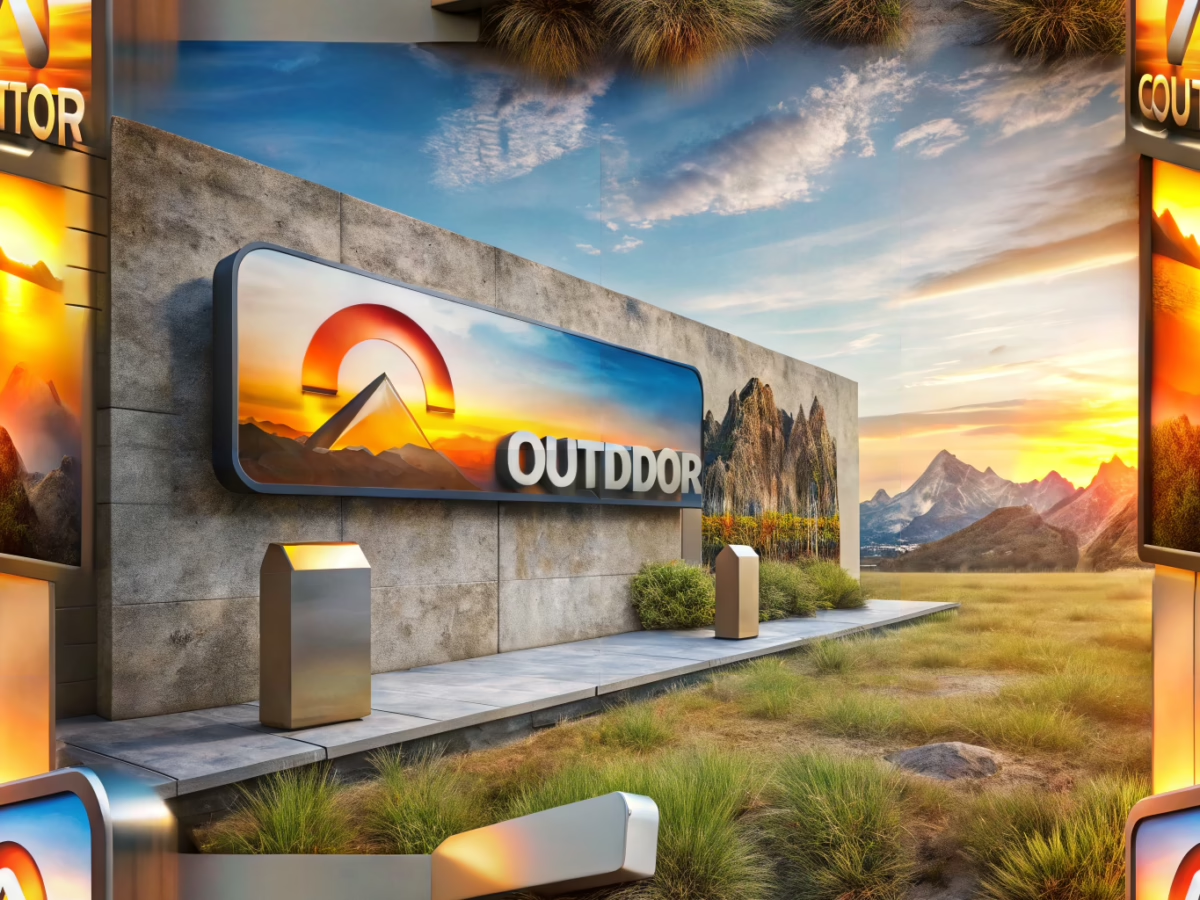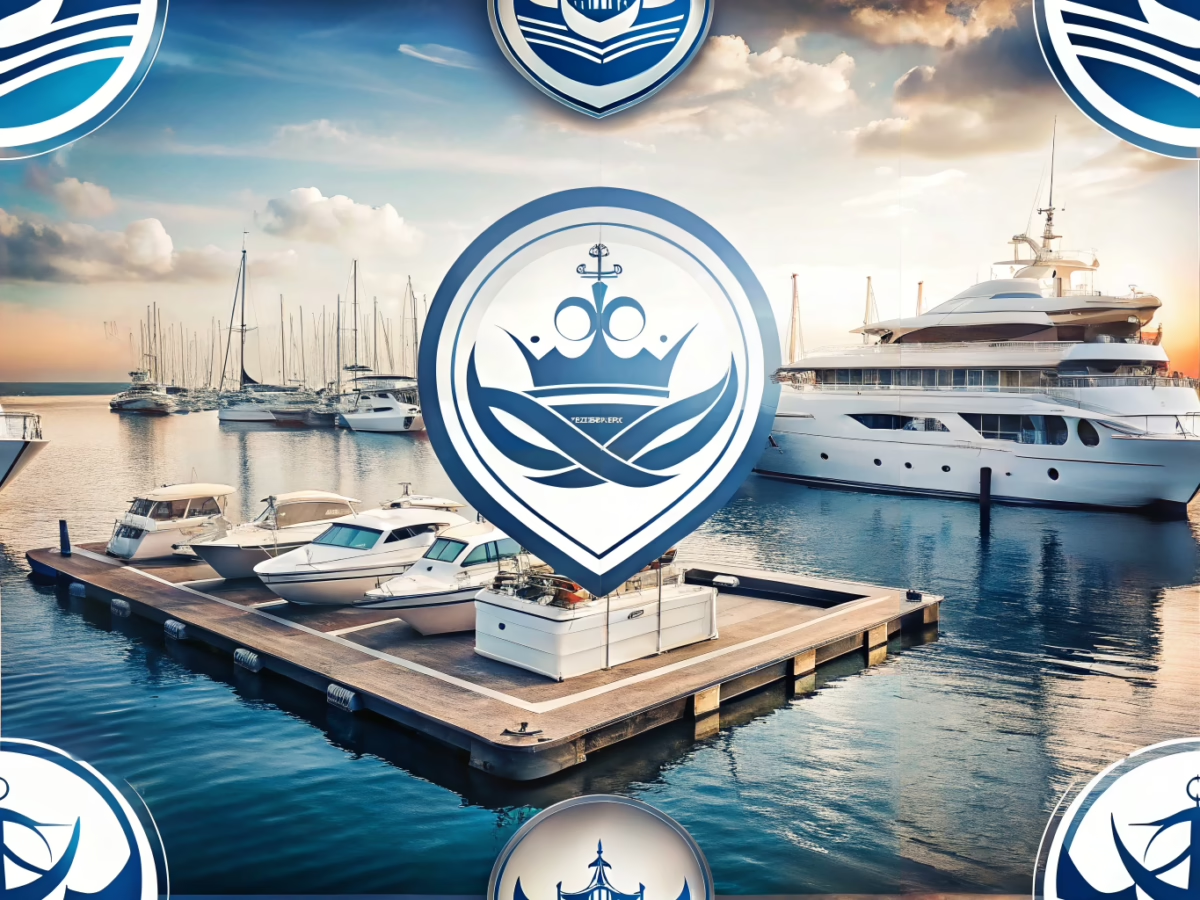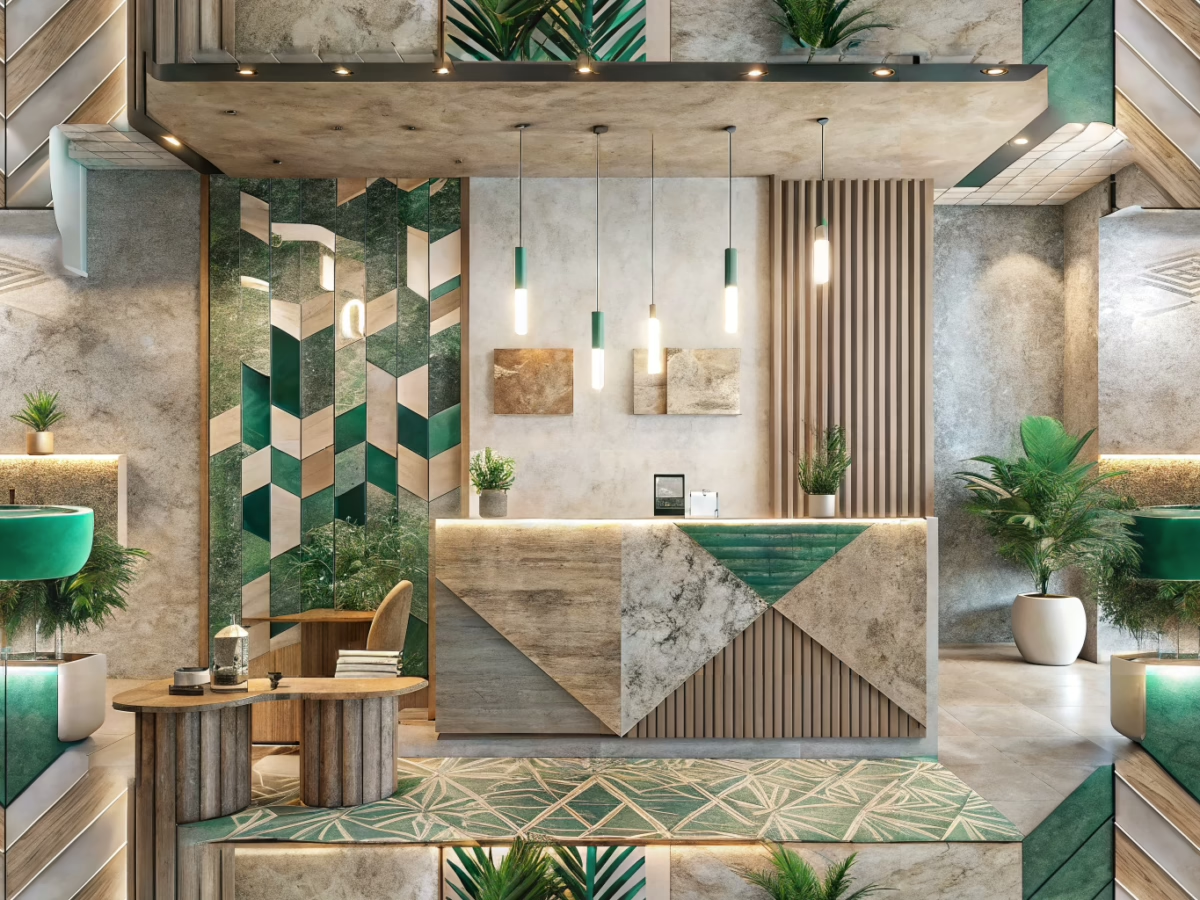When it comes to creating signs that captivate and communicate, universities have a unique challenge. Whether it’s guiding new students across sprawling campuses or showcasing the institution’s identity to the world, the choice of sign materials plays a pivotal role. Let’s embark on a journey through the world of sign materials, exploring their features, advantages, and potential pitfalls.
The Art of Outdoor Signage: Weathering the Elements
Outdoor signs are the unsung heroes of any university campus. They brave the elements, standing tall through rain, snow, and sunshine. But what makes a sign material suitable for the great outdoors?
- Aluminum: The Durable Dynamo
Aluminum is a favorite in the realm of outdoor sign materials. Its lightweight nature combined with rust resistance makes it a top contender. The sleek finish adds a touch of modernity, but beware—aluminum can dent under pressure. - Acrylic: The Versatile Visionary
Acrylic offers a glass-like appearance without the fragility. It’s perfect for signs that need a touch of elegance. However, while it resists weathering, it can scratch easily, so handle with care. - PVC: The Budget-Friendly Buddy
For those watching their budget, PVC is a cost-effective choice. It’s sturdy and weather-resistant, but prolonged exposure to sunlight can cause it to warp. Consider this when placing signs in sun-drenched areas.
Indoor Signage: Navigating the Halls with Style
Indoor signs are all about aesthetics and functionality. They guide, inform, and sometimes even inspire. Here’s a look at the types of sign materials that shine indoors:
- Foam Board: The Lightweight Leader
Foam board is a go-to for temporary displays. It’s lightweight and easy to install, making it ideal for events or seasonal signage. However, it’s not the most durable, so it’s best for short-term use. - Wood: The Classic Charmer
Wood brings warmth and tradition to any space. It’s perfect for universities that want to convey a sense of history. Keep in mind, though, that wood can be heavy and may require more maintenance. - Vinyl: The Flexible Friend
Vinyl is incredibly versatile, used for everything from wall graphics to window decals. It’s easy to clean and replace, but it can fade over time if exposed to direct sunlight.
Balancing Beauty and Functionality: Making the Right Choice
Choosing the right sign material is about balancing aesthetics, durability, and budget. Consider the environment where the sign will be placed and the message it needs to convey. Each material has its own set of properties, advantages, and disadvantages, and understanding these can make all the difference.
The Final Word: Tailoring Signage to Your University’s Needs
In the end, the perfect sign is one that aligns with your university’s identity and practical needs. Whether you’re opting for the sleek resilience of aluminum or the classic appeal of wood, the right choice will enhance your campus’s visual landscape. Remember, a well-chosen sign material not only stands the test of time but also tells a story—your university’s story.
Looking for a signage solution tailored for educational institutions? Check out our custom school signs to help bring your vision to life.








